Add a splash of colour to your plate with healthy peppers! These are great for summer cooking, since they are in season between May and October.
Reap the benefits
- Peppers are low in calories and are excellent sources of vitamins A and C, potassium, folic acid, fibre and antioxidants.
- The different colours of peppers are actually varying degrees of ripeness. Green peppers are harvested earlier, before they have a chance to turn yellow, orange, and finally red.
- Because they spend longer in the sun, red peppers have almost 11 times more beta-carotene and 1.5 times more vitamin C than green!
- Red peppers are rich in carotenoids, including lutein and zeaxanthin. Numerous studies suggest that regularly eating foods rich in these carotenoids is beneficial to eye health and may reduce the risk of cataracts and macular degeneration.
History Bites
- Peppers originated in Central and South America and were widely cultivated by various pre- Columbian civilisations.
- At the time when Columbus brought these plants back to Europe, black peppercorns – from an unrelated plant originating in India – were highly prized. Europeans were then in the habit of applying the name “pepper” to any food with a hot or pungent taste, and this was extended to these fruits when they arrived back from the Americas.
- Over the next 200 years, peppers were introduced across Asia by Portuguese and Spanish explorers moving through South American trade routes.
- Today, they are known as “peppers” in Ireland and the UK, “bell peppers” in the US, Canada and the Philippines, and “capsicums” in Australia, India, Malaysia, New Zealand, Pakistan and Sri Lanka.
Tips from the Test Kitchen
Buying: Peppers should be firm, with shiny, unblemished, wrinkle-free skins.
Storing: Keep peppers, unwashed, in a plastic bag in the vegetable drawer of your fridge. Keep them dry, as moisture will cause them to rot.
Cooking: Wash the peppers right before cooking. Cut them open and remove the stems, seeds and white membranes before slicing or chopping as desired. Peppers are delicious raw with a healthy dip, or they can be roasted, stir-fried, stewed, barbecued or cooked into soups or sauces. They are particularly suited to Mexican and Cajun dishes.
Did you know?
Paprika is made from red peppers that have been dried and then powdered.
Homemade toasted red peppers: three ways
In the oven: Preheat the oven to 220˚C/200˚C fan/gas mark 7. Halve and deseed the peppers and arrange on a baking tray, cut-side down. Roast the peppers for 30- 35 minutes until the skins are shrivelled and lightly blistered.
Under the grill: Preheat the grill to a high heat. Halve and deseed the peppers and arrange on a baking tray, cut-side down. Place under the grill for 15-20 minutes until the skins are shrivelled and lightly blistered.
On a gas hob: Put whole peppers directly on the flame of a gas hob and cook for 10-15 minutes, turning often, until completely charred. Once roasted, place the hot peppers into large food bags and seal. Set aside to cool in the bags – the steam will loosen the skins. Once cooled, gently rub off the skins and scrape away any lingering seeds. Once peeled, store in an airtight container in the fridge for up to five days. Alternatively, slice the peppers and put them in a jar with good-quality olive oil, then store in the fridge for up to one week.
Want to know more about peppers or need some recipe ideas? Check out our article on cooking with peppers here!
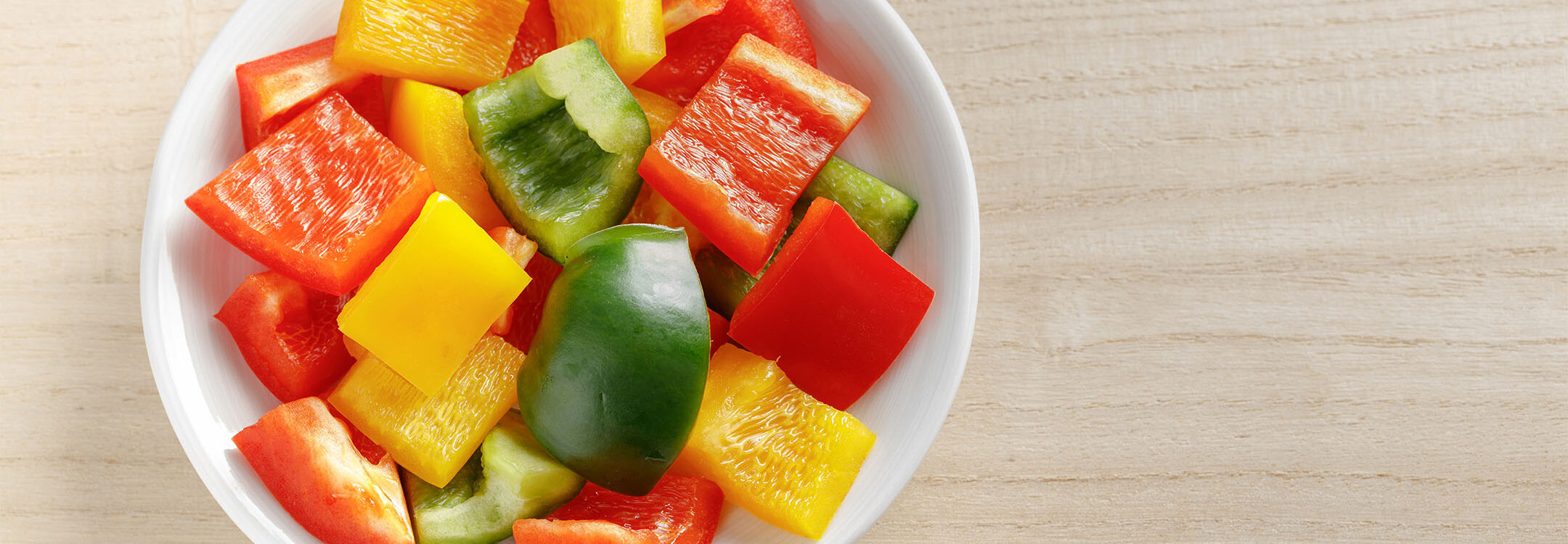
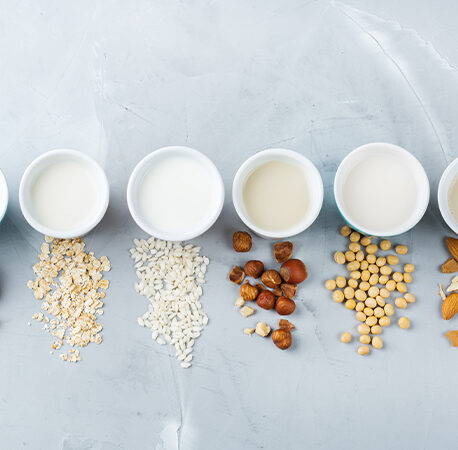
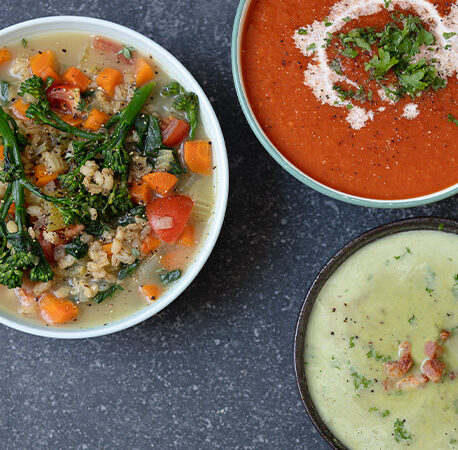
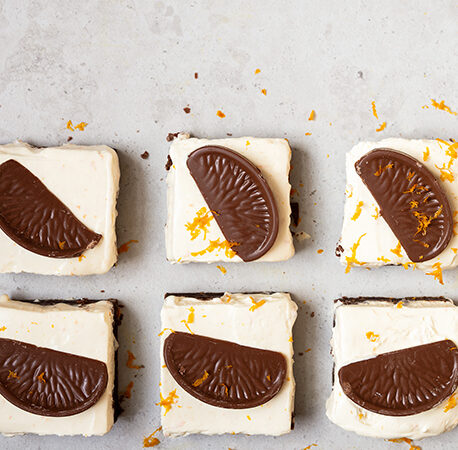
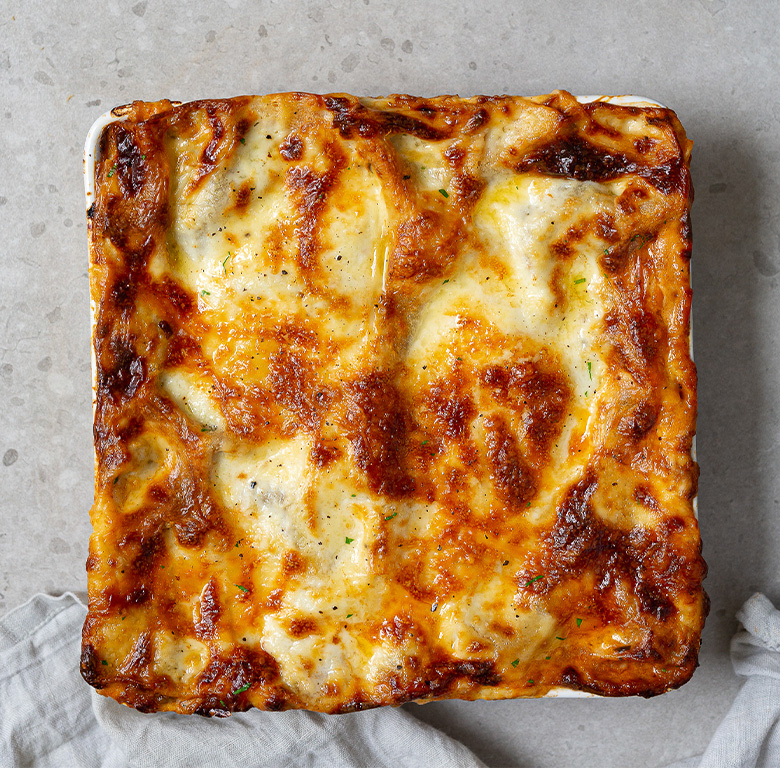
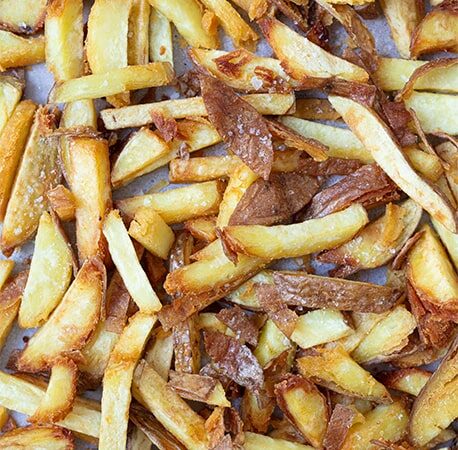
You have to be signed in to comment this post.